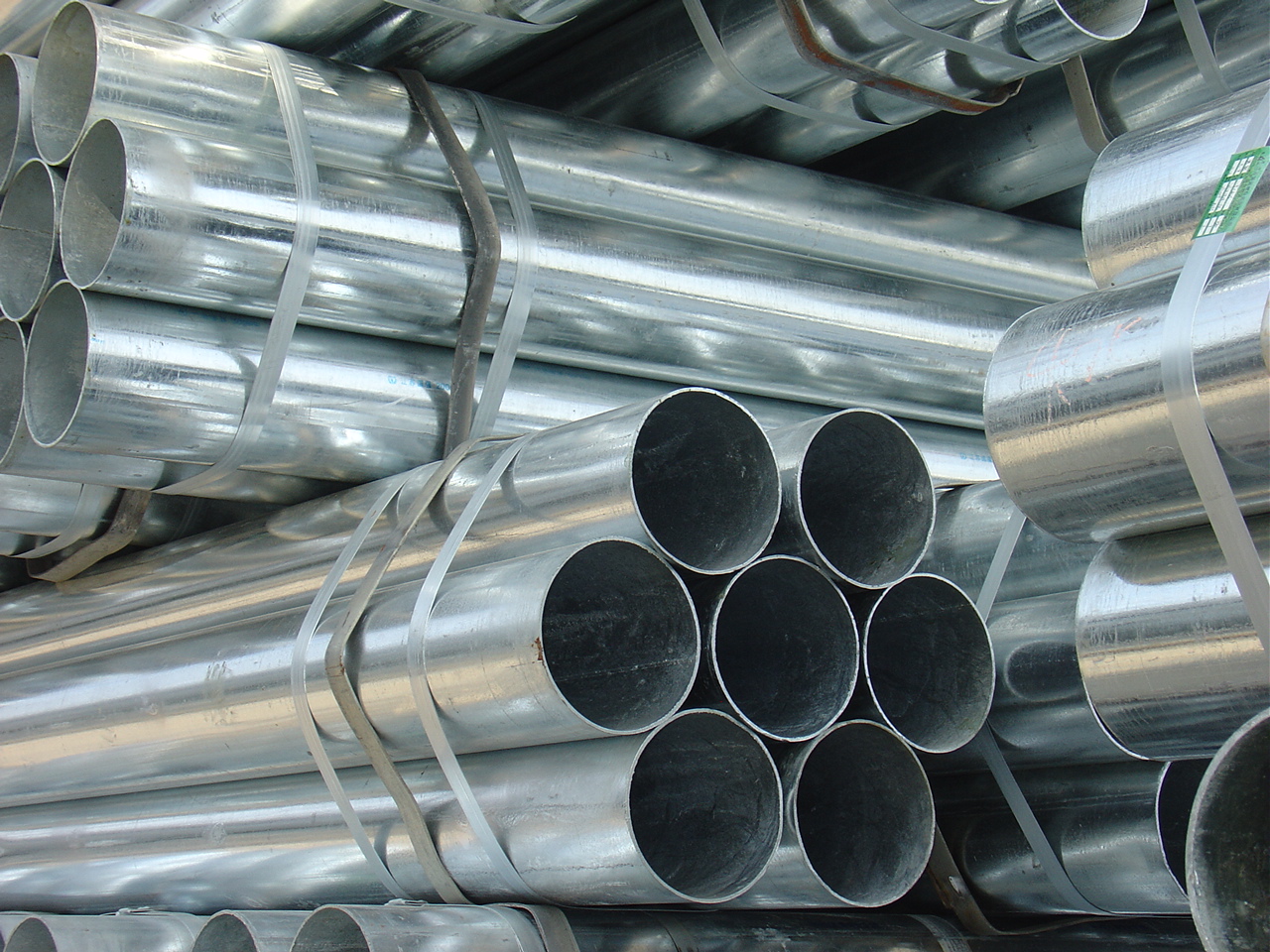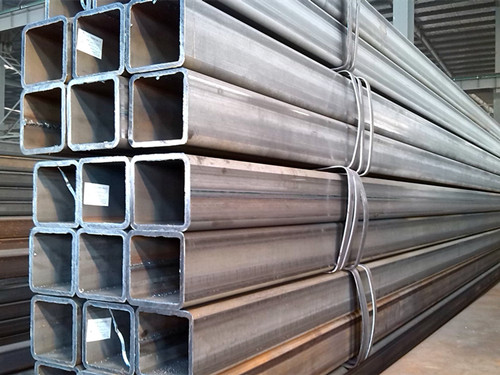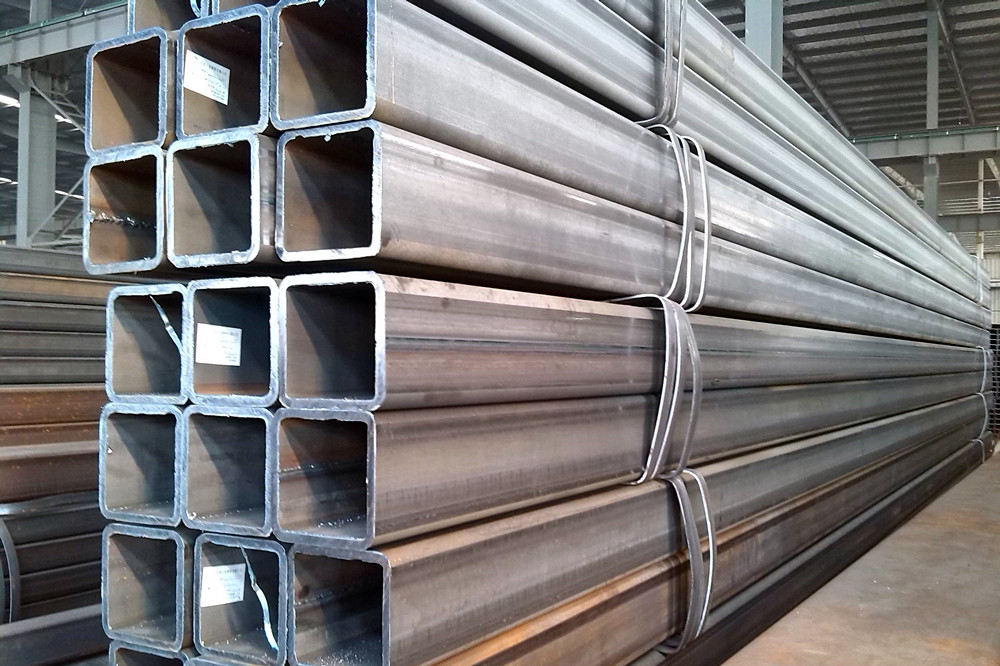Galvanized steel pipe is one of the most common types of pipes used in construction. Hot-dip galvanizing gives the steel pipe a rich, shiny finish and improves its mechanical properties, making it easier to handle and install. In addition, it is also easier to install than other pipes, as it does not require surface preparation or painting. In addition to being lightweight, galvanized steel pipes have great pressure resistance and high durability. They can be inexpensive, easily installed, and are ideal for mechanical engineering and construction projects even suitable for use in scaffolding. It is also a much brighter material than steel, and it’s often used in structural applications. And if you’re unsure of which one to choose, check the following benefits. If you’re working within a tight deadline, galvanized steel pipe is a great choice. If you’re unsure which type of pipe to use, consider these advantages and disadvantages.
 Advantages of Galvanized Steel Pipe
Advantages of Galvanized Steel Pipe
A key advantage of galvanized pipe is its corrosion resistance, which is an excellent choice if you’re working in corrosive environments. Its zinc layer provides good resistance to rust and oxidation, which makes it valuable building support. Furthermore, galvanized square steel pipe is much harder than round steel pipe which can burden huge weights in major projects. This corrosion resistance helps to prevent leaks and broken pipes.
Another advantage of galvanized steel pipe is its durability. The zinc coating provides extra protection against corrosion, which is especially beneficial for industries that handle volatile substances. Without this protection, solid materials would rust in no time. And that’s why galvanized steel pipe is such a good choice. It can withstand corrosion for decades, even in the most hostile environment. This coating also protects the steel from the corrosive effects of the water.
Another advantage of galvanized steel is its ease of application. It is suitable for various industrial and construction projects. It is low in initial cost and is immediately ready to use once delivered. Unlike other materials, galvanized steel pipes don’t require surface preparation or inspection, making them a great choice for many projects. Moreover, galvanized steel pipe is easy to work with and can be manufactured in any diameter. Compared to hot-dip galvanizing, electro-galvanized steel pipes use less zinc, which significantly reduces their carbon footprint.
The other main advantage of galvanized steel pipe is its wide range of applications. These include oil delivery pipes for offshore oil fields, tubing and railing, and phone wiring. Other uses include heating and conveying gas. In addition, hot-dip galvanized steel can be used on equipment boxes and trestle piles. Its malleability makes it a good choice for projects requiring high flexibility.
Disadvantages of Galvanized Steel Pipe
If you’ve ever heard about galvanized steel pipe, you know it’s a popular choice for piping. However, there are a few disadvantages to this type of material. The following article will provide an overview of the disadvantages of galvanized steel pipes. After reading this article, you should be aware of your options when purchasing and installing this type of pipe. Here are some of them:
When used for water pipe, galvanized steel pipes tend to corrode( Compared with stainless steel or other alloy steel) and it will release materials into the water. Lead can be leached from galvanized pipes and can affect aquatic life. There are several other disadvantages of galvanized steel, including the fact that it can be prone to air knife scratches. The surface may not have a polished finish, and this may affect the quality of the welded product. Another disadvantage is that the metal can develop a white embroidery. This is a symptom of oxidation. The surface may become uneven if the welded piece is not polished enough.
Some people are against galvanized steel pipe, and for good reason. Although it’s much more corrosion resistant than iron and steel, it is still susceptible to rust and other forms of corrosion. The process for welding galvanized steel pipe has many drawbacks. First, it’s more expensive than steel pipes made from other materials. The second disadvantage is that it’s prone to longitudinal splits and cracks along the welded line. Despite all of these disadvantages, it’s worth considering galvanized steel pipe for your project. In short, if you’re buying galvanized steel pipe, make sure to check its pros and cons before committing to the installation.








